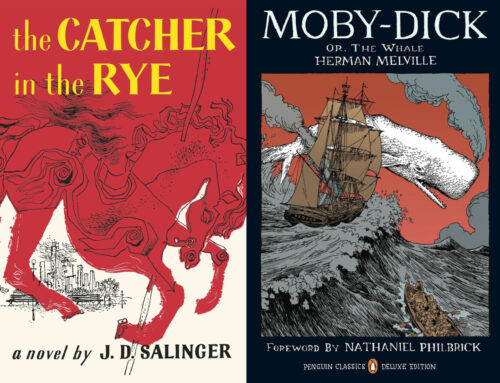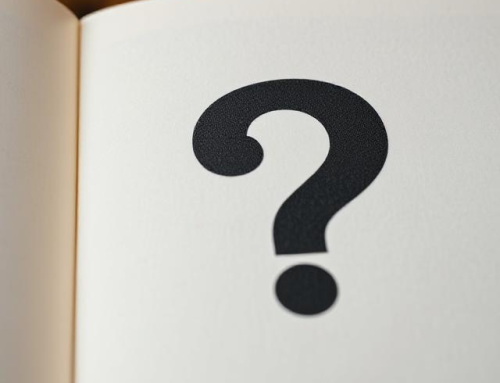Ah, the second person! The strange cousin at the narrative family reunion who never quite knows where to sit. You’re familiar with it, even if you haven’t always realized it, because it speaks directly to you – yes, you. Writing in the second person is a literary oddity, captivating in its audacity, yet unsettling in its intimacy. This peculiar form of storytelling simultaneously flatters and challenges the reader, placing you squarely at the center of the narrative. But beware: this dance can lead either to a breathtaking literary waltz or an awkward stumble on the reader’s toes.
The Boldness of Direct Address
Using “you” to narrate a tale creates a powerful illusion of personal involvement. The reader is thrust into the heart of the story, compelled by a sense of immediacy and participation. Consider these compelling uses:
- Choose Your Own Adventure: Second-person thrives here, transforming readers from passive spectators to active participants.
- Instructional narratives: Cookbooks, how-to guides, and manuals use the second person for clarity and directness.
- Literary experiments: Daring authors use it to explore philosophical questions or emotional landscapes uniquely.
Take, for instance, Italo Calvino’s brilliant novel If on a Winter’s Night a Traveler, where he audaciously begins:
You are about to begin reading Italo Calvino’s new novel. Relax. Concentrate. Dispel every other thought.
Calvino’s direct address humorously and boldly pulls the reader in, blurring boundaries between fiction and reality, inviting readers to laugh at themselves even as they submit willingly to his experimental grasp.
A Peculiar Form of Intimacy
Second-person narration often feels shockingly intimate. The reader may find themselves uncomfortably aware of their complicity, as if caught in a mirror that reflects their hidden secrets:
- In Jay McInerney’s novel Bright Lights, Big City, the protagonist’s misadventures and spiraling self-destruction are thrust upon “you,” implicating the reader in every questionable decision.
- Lorrie Moore’s short stories frequently employ second person, directly involving readers in her sharp, poignant exploration of life’s ironies. Her brilliant story “How to Be an Other Woman” playfully instructs readers on romantic disillusionment, blending humor with melancholy.
Yet, herein lies a danger: intimacy can quickly transform into intrusion if not handled deftly.
The Risks of Over-Familiarity
Yes, second-person narration demands caution; if intimacy is mishandled, readers can become defensive, resisting the enforced identification. After all, not everyone enjoys seeing themselves through an unflattering mirror, so be aware of these issues:
- Forced Identification: Readers may balk at being assigned beliefs or actions they fundamentally reject.
- Limited Flexibility: “You” creates a sense of universality, yet paradoxically can alienate readers who find little resonance with the narrative voice imposed upon them.
As author Chuck Palahniuk mused:
The second person is like an overly familiar party guest who insists on calling you “buddy” long before you’ve established a friendship.
Indeed, excessive familiarity may inadvertently push the reader away, converting them from companion to adversary.
The Art of Subtle Manipulation
Despite its risks, the second person offers a tantalizing advantage: subtle manipulation. Masterful authors use this to deepen emotional involvement, employing narrative voice as an instrument of irony, humor, or moral reflection:
- Consider Julio Cortázar’s story “Instructions for Climbing a Staircase,” where everyday actions are recast humorously as absurd rituals, forcing readers to reconsider the mundane.
- In self-help satires like Alain de Botton’s How Proust Can Change Your Life, second-person narration gently mocks the very idea of self-improvement, leaving readers smiling in conspiratorial irony.
In each case, the second person cleverly shapes reader experience, nudging you gently toward insight and reflection.
Embracing the Limits
The second person, like a peculiar literary tightrope, demands that writers respect its inherent limitations, so authors should:
- Avoid lengthy narratives where constant direct address may exhaust the reader.
- Use sparingly for maximum emotional impact or ironic distance.
- Acknowledge openly the narrative’s artificiality, turning its very absurdity into literary strength.
Ultimately, authors should ask:
- Does the second person enhance or obstruct reader identification?
- Does it deepen the narrative, or merely draw undue attention to itself?
As esteemed author Ursula K. Le Guin wisely noted:
You must understand, dear writer, that the second person is a spice rather than a staple—used sparingly, it flavors; excessively, it overwhelms.
You: Hero or Hostage?
When the dance concludes, the second person leaves its mark indelibly upon readers. Like it or not, you’ve been implicated, entertained, perhaps even transformed. Whether the second person elevates readers into heroes or traps them as narrative hostages depends entirely on the writer’s skill, subtlety, and intent.





Leave A Comment